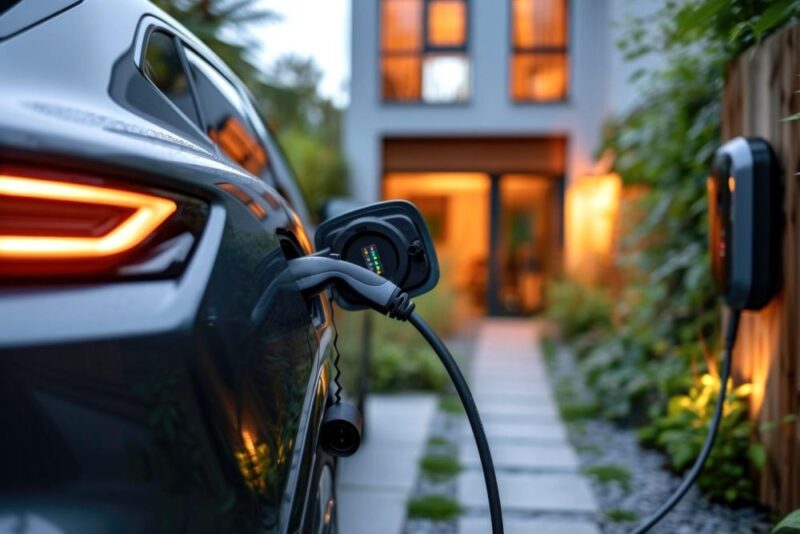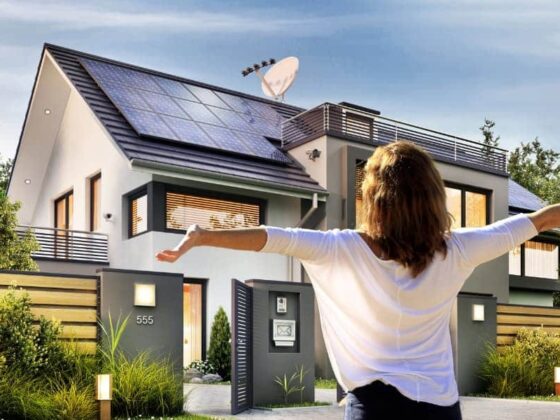The shift to electric vehicles is gathering pace across the UK, with more drivers than ever making the switch to greener, quieter cars. With the government’s ambition to phase out new petrol and diesel cars by 2035, the question of how and where to charge an EV is becoming one of the biggest considerations for households and businesses alike. Two of the most common options are home charging and public charging, but working out which is best for you depends on your lifestyle, budget, driving habits and where you live.
Many new EV owners assume they’ll rely mostly on public charging stations dotted around car parks, supermarkets and service stations, but in reality, most drivers find that charging at home is more convenient and cost-effective.
That said, public charging has its advantages too, especially for those who drive long distances or don’t have the option of a private driveway. Understanding the pros and cons of both approaches can help you decide which works best for your day-to-day routine and what you might need to plan for in the future.
The Convenience of Charging at Home
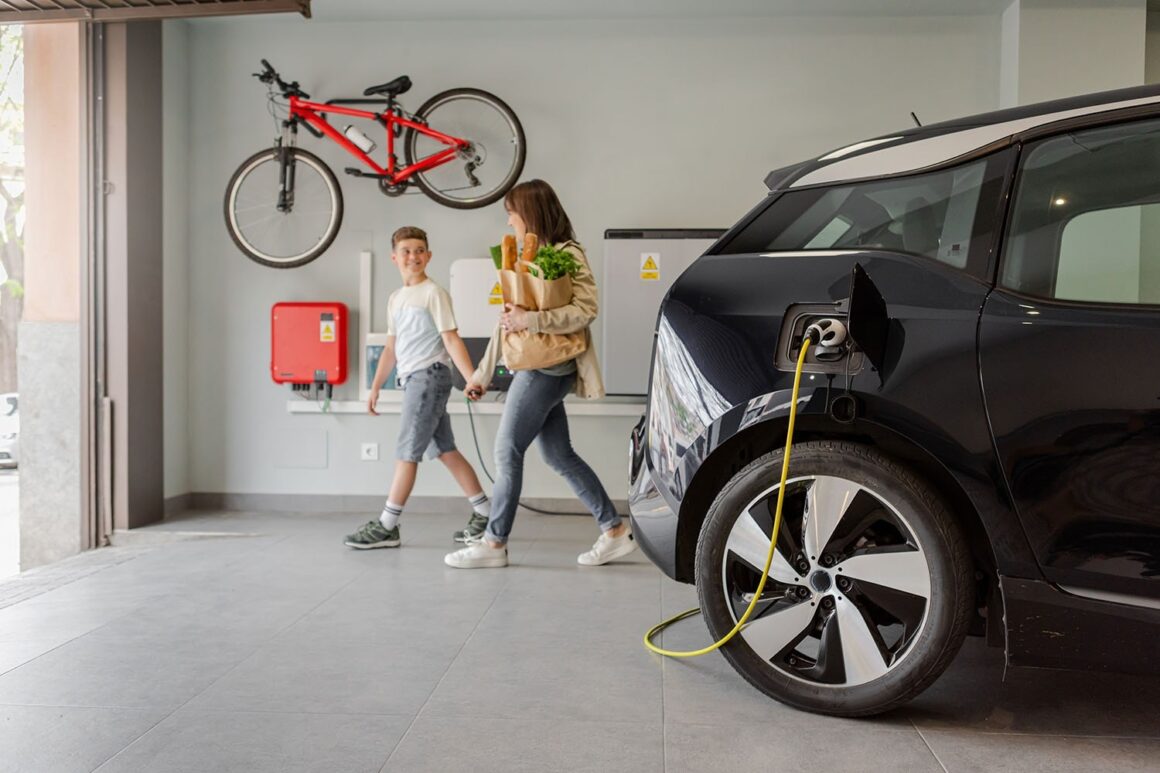
For many drivers, the biggest appeal of home charging is how effortless it makes owning an electric vehicle. Installing a dedicated EV charge point on your driveway or in your garage means you can simply plug in when you get home, leave the car overnight and wake up to a fully charged battery every morning.
Most home EV chargers in the UK are fast chargers, typically rated between 7kW and 22kW, depending on your home’s power supply and the capacity of your car. A 7kW charger is the most common for domestic use and is about three times faster than plugging your EV into a standard three-pin socket.
For many households, this means you can add around 30 miles of range for every hour of charging — plenty for most daily commutes and local trips.
The routine is simple and predictable: plug in, go about your evening and unplug when you’re ready to head out again. There’s no need to plan trips to a charging station or wait around while your car charges, which can be a huge time-saver.
Lower Running Costs at Home
One of the main reasons drivers choose home charging is the cost savings. Domestic electricity tariffs are usually much cheaper than the per-kWh rates at rapid public charge points. Many energy suppliers now offer dedicated EV tariffs with cheaper overnight rates, making it even more affordable to top up while you sleep.
Smart home chargers can be programmed to take advantage of these off-peak times, automatically starting or pausing charging to help you keep costs down. Over time, the savings can add up to hundreds of pounds a year compared to using rapid chargers for all your top-ups.
There’s also a cost benefit when it comes to battery health. Charging slowly and steadily at home is often gentler on your EV’s battery than frequent use of ultra-rapid chargers, which can cause more wear over time if used excessively.
Home Charging and Solar Panels
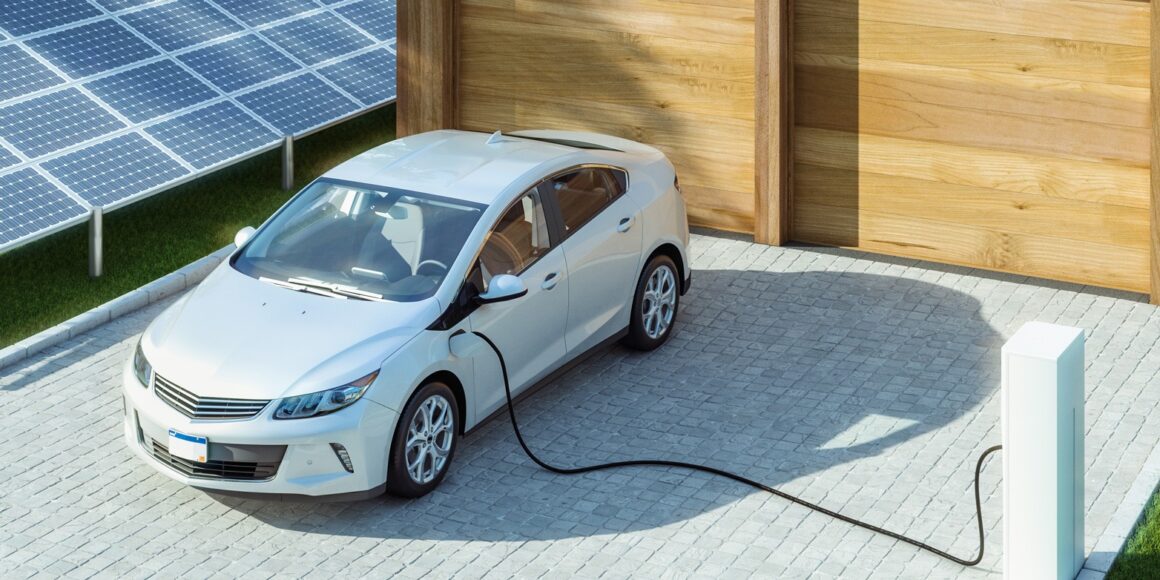
Another reason home charging appeals to so many UK homeowners is the opportunity to pair it with renewable energy. If you have solar panels, you can offset a portion of your charging costs by using the electricity generated on your own roof. Smart chargers that integrate with solar PV systems can divert excess solar energy to your car whenever it’s available, making each mile you drive even greener.
This combination is especially attractive for homeowners who want to maximise their return on a solar investment while cutting their carbon footprint even further.
The Upfront Costs of Installing a Home Charger
While the long-term savings of home charging are clear, it’s important to remember that there’s an upfront cost to installing a dedicated charge point. In the UK, the typical cost of a standard 7kW home charger installation ranges from £800 to £1,200, depending on the complexity of the work and any upgrades needed to your home’s electrical system.
Grants and incentives have changed in recent years, but some homeowners can still benefit from the EV Chargepoint Grant if they live in flats or rent their property. It’s worth checking eligibility for any available support before you commit. For many drivers, the convenience and savings make this initial outlay worthwhile, especially when balanced against the costs of running a petrol or diesel car.
When Home Charging Isn’t an Option
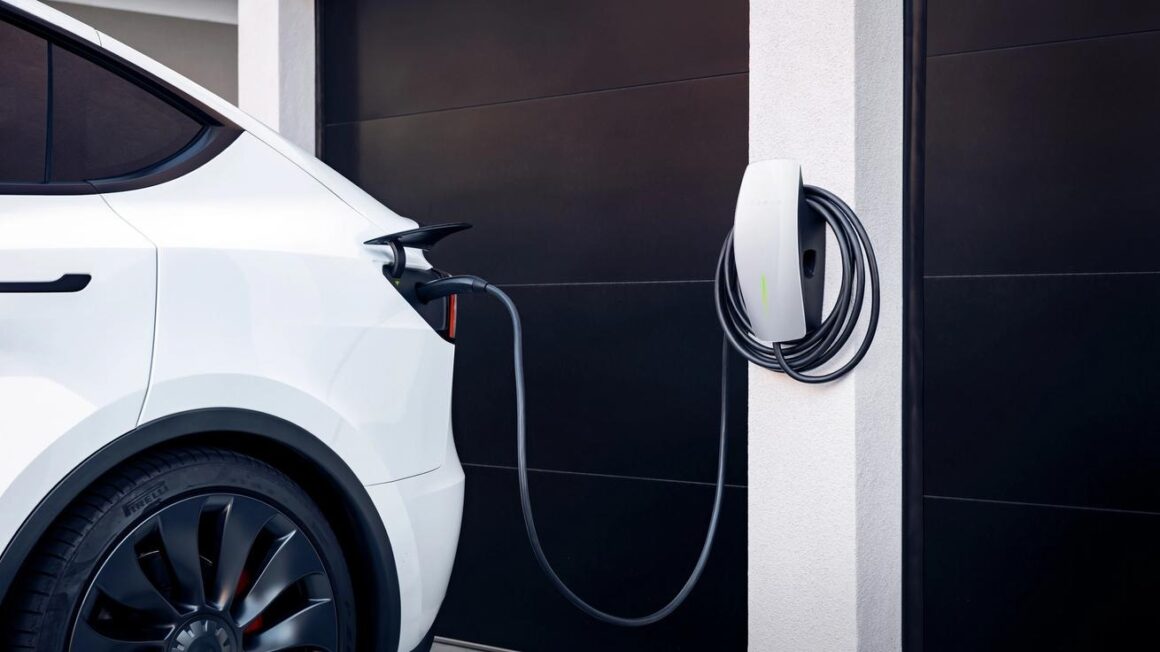
Not everyone has the space or ability to install a home charger. For many drivers living in flats, terraces without driveways or rented accommodation, home charging simply isn’t practical. Parking on the street means there’s no safe way to run a cable from your home to your car, and using extension leads is both dangerous and against the Highway Code.
In these situations, public charging becomes the main way to keep an EV topped up. Some local councils have started to roll out kerbside charging solutions, such as lamp-post chargers and on-street charge points, but availability varies widely across the UK. If you rely on street parking, it’s worth checking what options exist in your area before buying an EV.
The Role of Public Charging
Public charging networks have expanded rapidly over the last few years. From motorway service stations and petrol forecourts to supermarkets and retail parks, there are now thousands of charge points around the UK, many offering rapid or ultra-rapid charging for quick top-ups on the go.
One of the biggest advantages of public charging is its speed. Rapid chargers typically deliver power at 50kW or higher, while ultra-rapid chargers can reach 150kW or more, depending on your car’s capabilities. This means you can add significant range in a relatively short time — ideal for long journeys when you need to get back on the road quickly.
Public charging also plays an essential role for drivers who do high mileages or regularly travel long distances. Even if you do most of your charging at home, having access to a reliable network of fast chargers can make road trips stress-free.
The Cost of Public Charging
While public charging is convenient for topping up while you’re away from home, it usually comes at a higher price than domestic charging. Rapid and ultra-rapid chargers tend to cost more per kWh, with prices varying depending on the network operator and location.
Some networks offer subscriptions or memberships that provide discounted rates, but for many drivers, the pay-as-you-go option is more practical. It’s also worth noting that prices at motorway services tend to be higher than those at urban charge points.
One thing to bear in mind is that not all public chargers are rapid. Many supermarket or town-centre charge points are slower destination chargers, which are great if you’re parked up for a few hours but not ideal if you’re short on time.
Public Charging Reliability and Access

While the public charging network has grown significantly, reliability and availability can still be patchy in some areas. Many drivers have experienced the frustration of arriving at a charger only to find it out of order, occupied or incompatible with their car.
Payment methods can also vary, with some networks requiring membership cards or apps, and others offering contactless payments. Improvements are being made all the time to make public charging more user-friendly, but it’s worth planning ahead, especially if you’re travelling in unfamiliar areas.
Access can be another issue. Busy urban chargers may be occupied for long periods, and it’s not uncommon for a charger to be blocked by a vehicle that’s not even plugged in. While this is improving with better signage and fines for ‘ICEing’ (when an internal combustion engine car blocks an EV bay), it remains a challenge in some places.
Combining Home and Public Charging
For many EV owners, the best solution is a combination of home and public charging. Day-to-day local driving can usually be covered with convenient overnight charging at home, while longer journeys or unexpected trips can be supported by rapid chargers on the road.
This hybrid approach means you benefit from the lower costs and convenience of home charging most of the time, without feeling restricted when you need to travel further afield. Many drivers find that with a bit of planning, they rarely need to spend long at a public charger.
Charging at Work
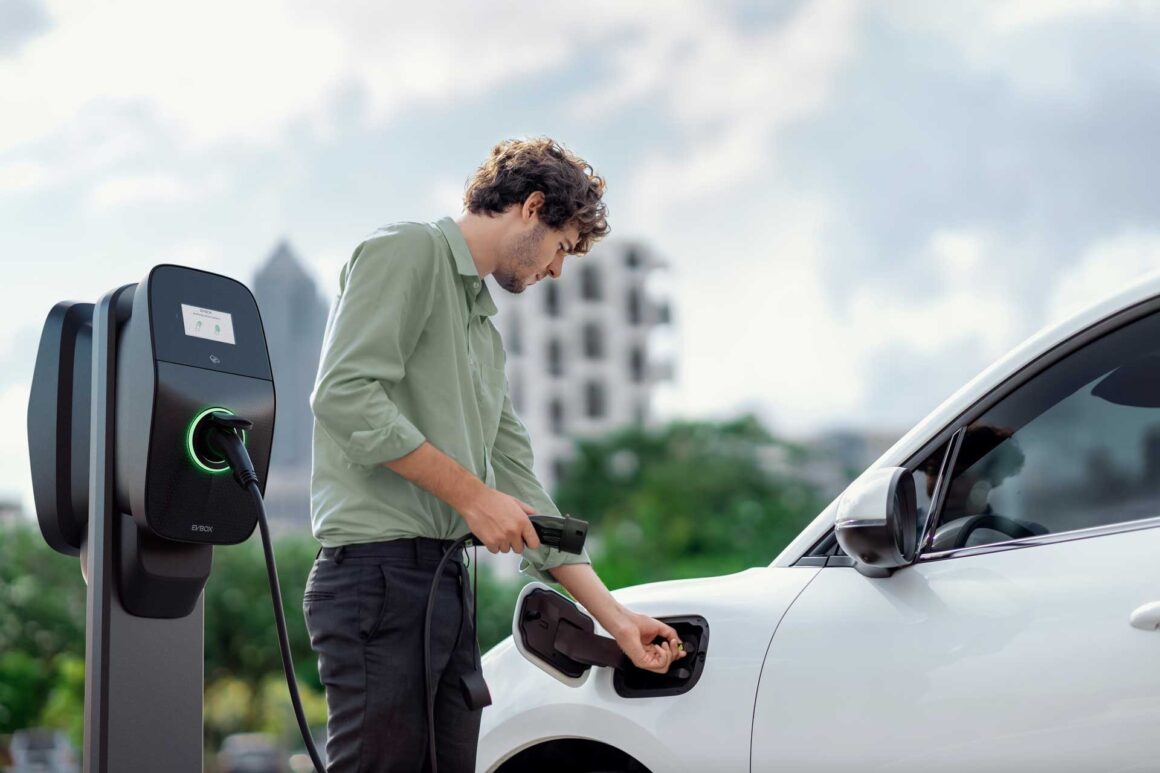
Another factor to consider is whether you have access to charging facilities at work. Increasing numbers of UK employers are installing EV charge points in staff car parks as part of their green initiatives. If you’re lucky enough to have this option, you can effectively treat work charging like a top-up between home and public charging. Some companies offer this perk free of charge to employees, which can save you even more on your annual running costs.
The Future of Charging Infrastructure
As more people make the switch to electric vehicles, the UK’s charging infrastructure is set to keep improving. New regulations are being introduced to ensure public charge points are more reliable, easier to pay for and better maintained. More local authorities are investing in on-street solutions for drivers who don’t have off-road parking.
At the same time, home charging technology is evolving too. Smart chargers are becoming the norm, giving homeowners better control over when and how they charge. Some models can even feed energy back into the grid when demand is high, a technology known as vehicle-to-grid, which could help households earn money while balancing the national energy supply.
Deciding What’s Best for You
When it comes to choosing between home and public charging, there’s no one-size-fits-all answer. For most UK drivers, installing a dedicated home charger makes EV ownership cheaper and far more convenient. It turns the daily recharge into a routine you barely think about, much like charging a phone.
However, for those without off-street parking or for people who do a lot of long-distance driving, a reliable public charging network is essential. Planning routes, using the right apps and having a back-up plan can make public charging more manageable, but it often requires a bit more organisation than simply plugging in at home.
As the UK’s infrastructure continues to expand, the balance between home and public charging will keep evolving. If you are considering home charging, ensure you select the appropriate qualified electrician for your EV charger installation. For now, understanding how each option works — and the pros and cons of each — is the best way to make your electric driving experience as smooth and affordable as possible.
